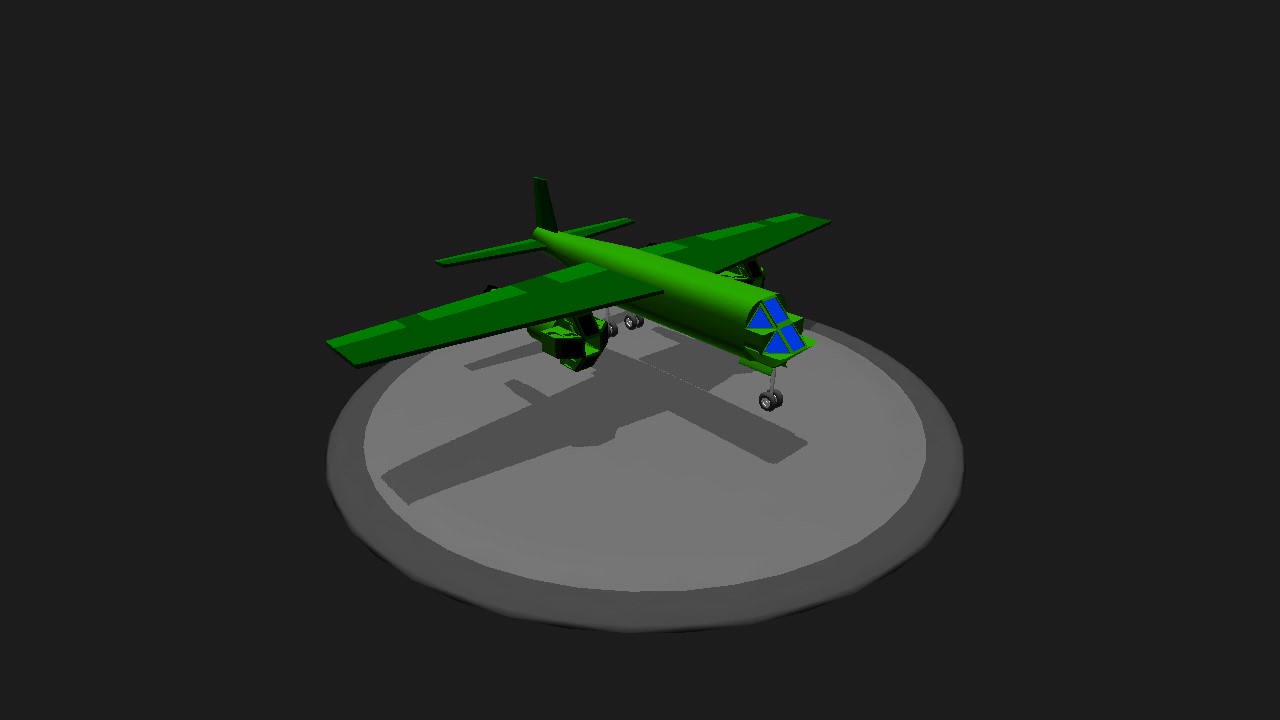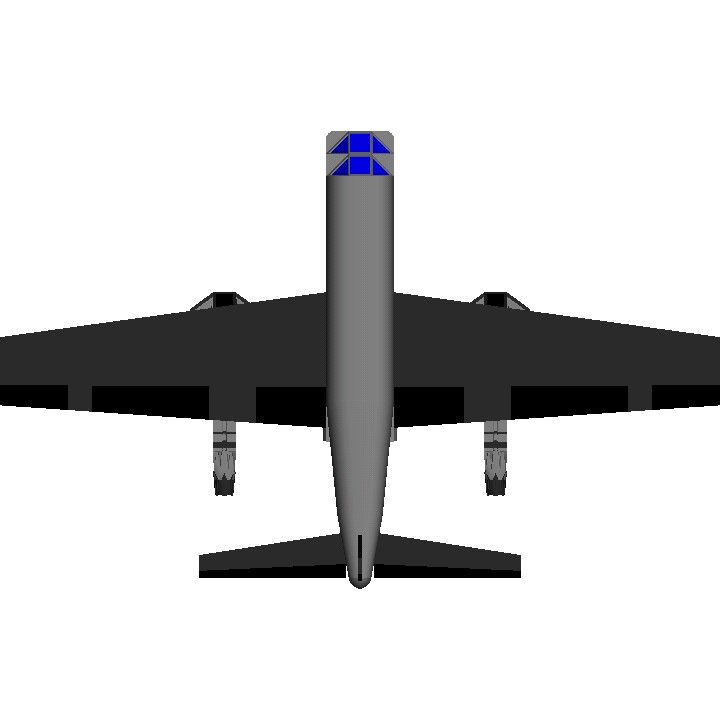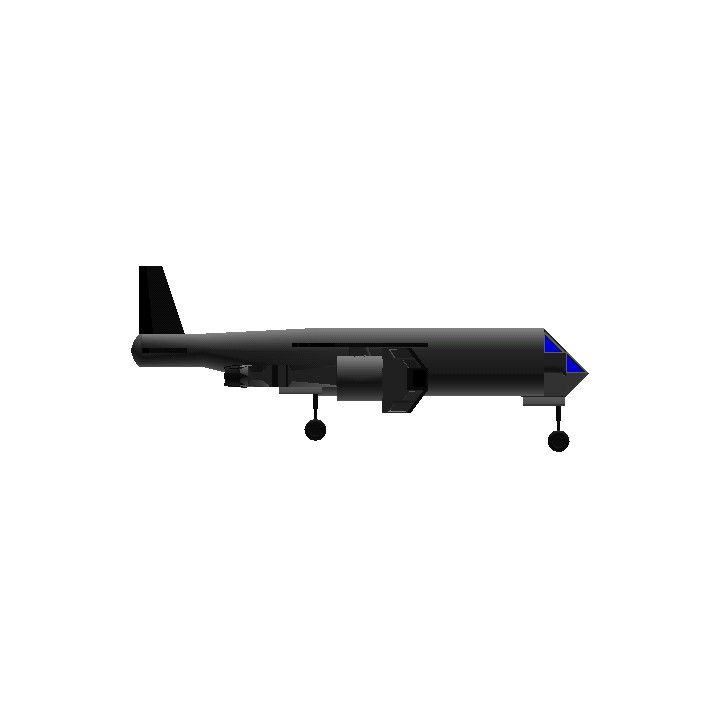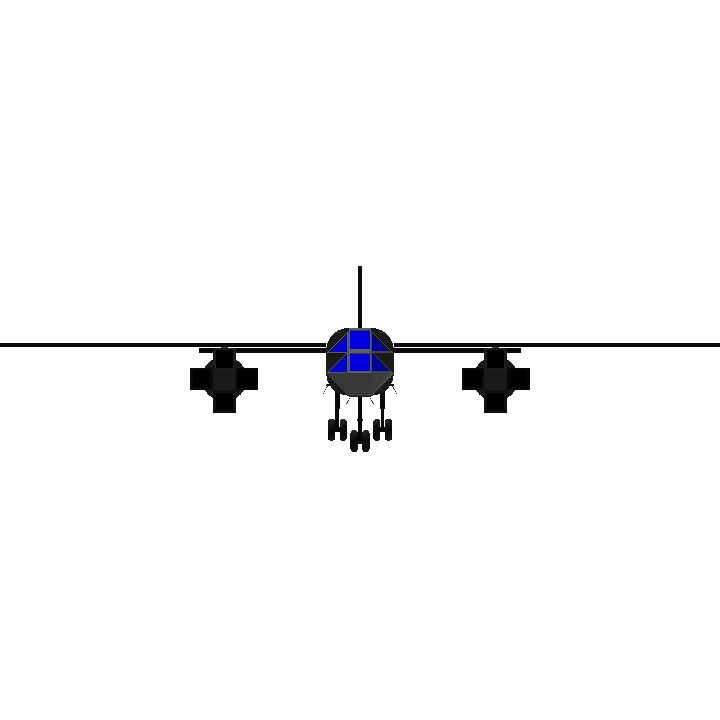In late 1940, the Reich Air Ministry (German: Reichsluftfahrtministerium, abbreviated RLM) offered a tender for a jet-powered high-speed reconnaissance aircraft with a range of 2,156 km (1,340 mi). Arado was the only company to respond, offering their E.370 project, led by Professor Walter Blume. This was a high-wing conventional-looking design with a Junkers Jumo 004 engine under each wing.Arado estimated a maximum speed of 780 km/h (480 mph) at 6,000 m (20,000 ft), an operating altitude of 11,000 m (36,000 ft) and a range of 1,995 km (1,240 mi). The range was short of the RLM request, but they liked the design and ordered two prototypes as the Ar 234. These were largely complete before the end of 1941, but the Jumo 004 engines were not ready, and would not be ready until February 1943. When they did arrive they were considered unreliable by Junkers for in-flight use and were cleared for static and taxi tests only. Flight-qualified engines were finally delivered, and the Ar 234 V1 made its first flight on 30 July 1943 at Rheine-Hopsten Airfield.By September, four prototypes were flying. The second prototype, Arado Ar 234 V2, crashed on 2 October 1943 at Rheine near Münster after suffering a fire in its port wing, failure of both engines and various instrumentation failures. The aircraft dove into the ground from 1,200 m (3,900 ft), killing pilot Flugkapitän Selle.[2] The eight prototype aircraft were fitted with the original arrangement of trolley-and-skid landing gear, intended for the planned operational, but never-produced Ar 234A version.
Specifications
General Characteristics
- Created On Android
- Wingspan 52.2ft (15.9m)
- Length 33.2ft (10.1m)
- Height 13.4ft (4.1m)
- Empty Weight 5,661lbs (2,568kg)
- Loaded Weight 24,747lbs (11,225kg)
Performance
- Power/Weight Ratio 0.908
- Wing Loading 59.5lbs/ft2 (290.6kg/m2)
- Wing Area 415.8ft2 (38.6m2)
- Drag Points 6245
Parts
- Number of Parts 42
- Control Surfaces 9
- Performance Cost 264




